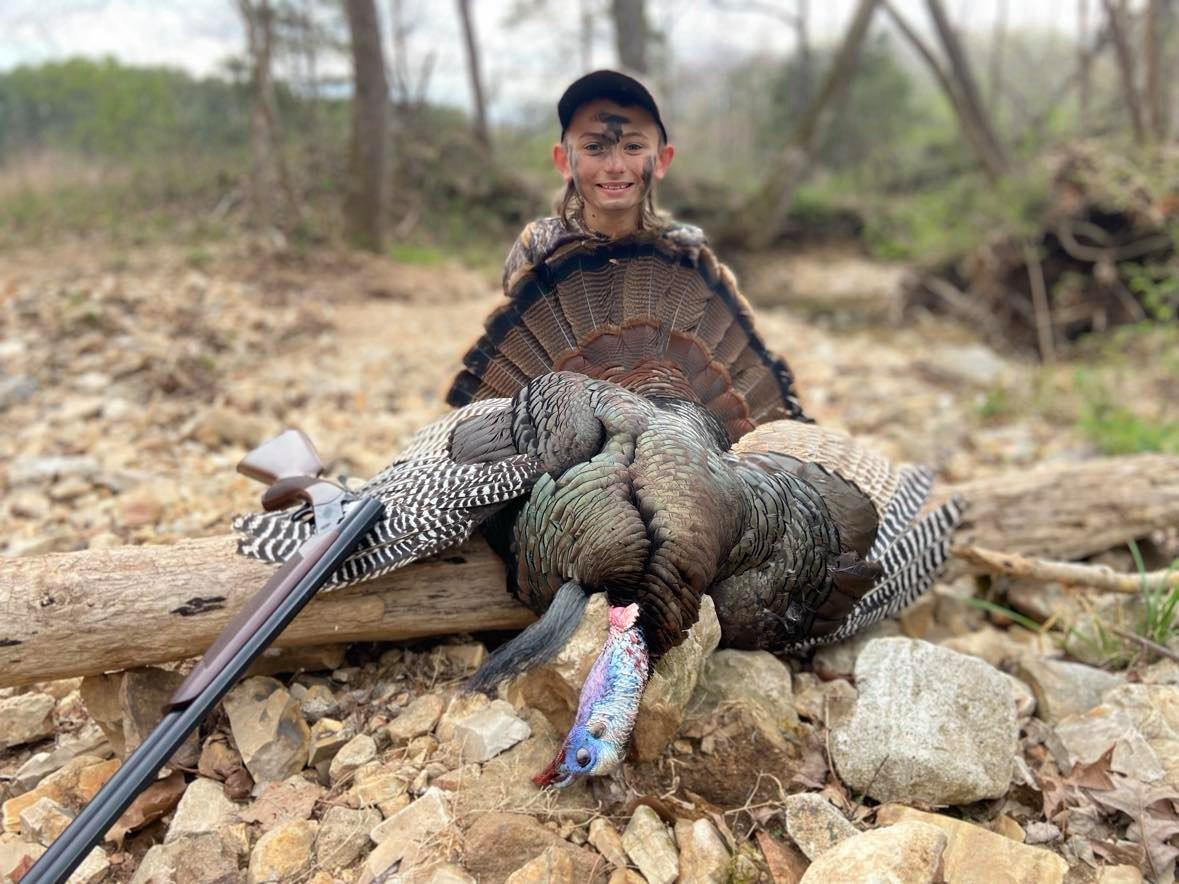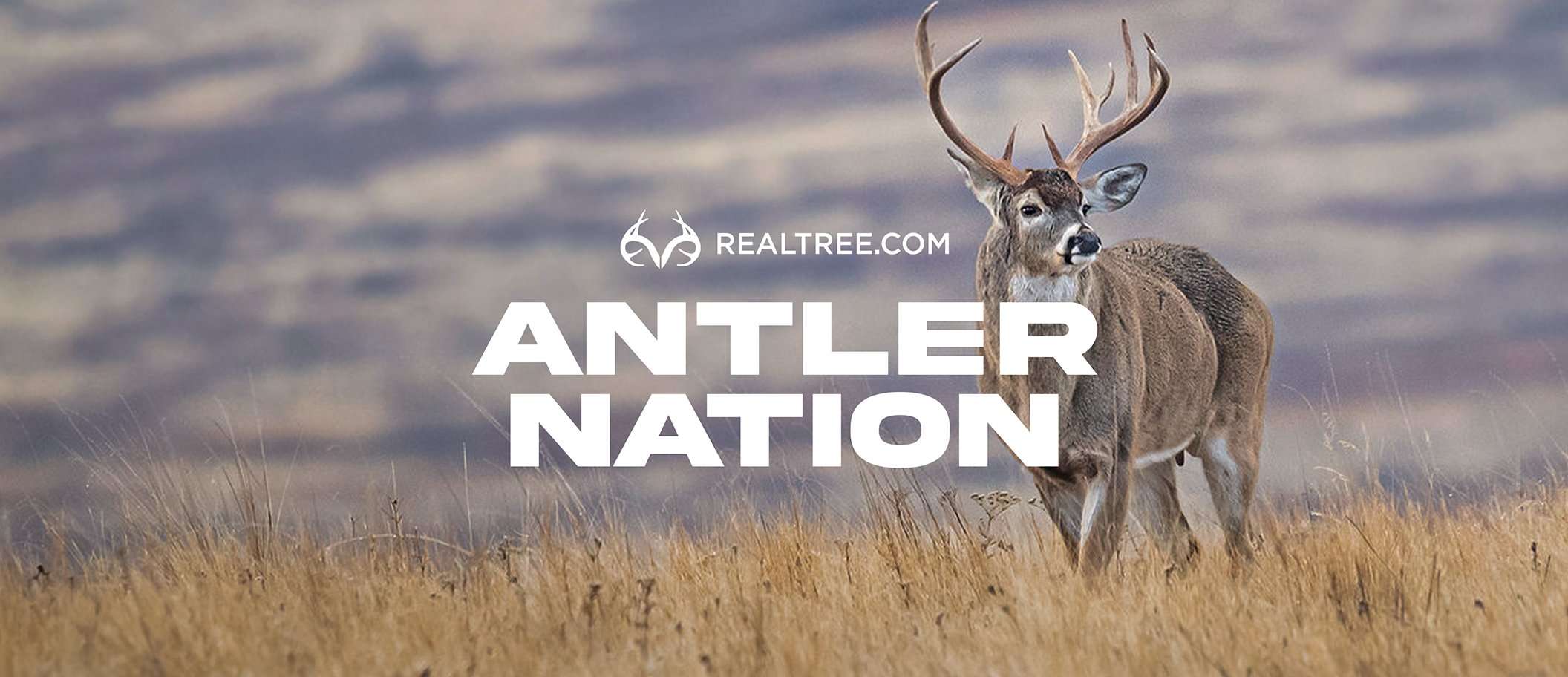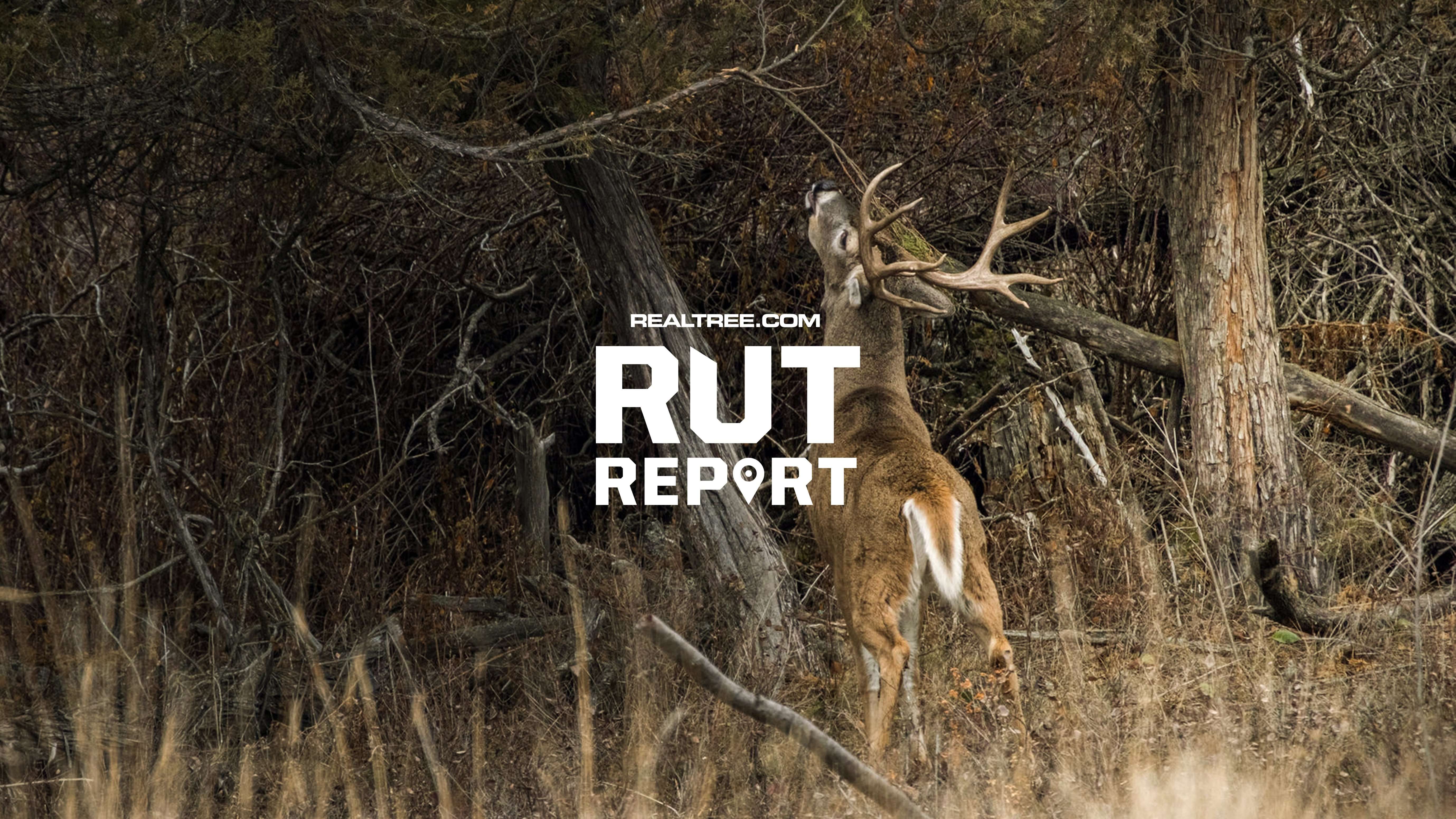Positive reports lead to enthusiastic predictions about the season

Overall, hunters are optimistic about this year’s turkey season as they report good numbers and active birds. (Photo by Denver Bryan)
Mixed reports are coming in on gobbling frequency, but overall the turkey activity is still looking good and on schedule throughout most of the southern states. But, upcoming storms and rainy weather in the region could put a damper on things.
Tennessee’s general turkey season begins April 12, but Anse Brantley got the opportunity to take a nice tom during an early draw-only youth hunt. Realtree.com Editor Will Brantley, Anse’s dad, said he and his son saw that bird the evening before the hunt.
“He was strutting and with 10 or 15 hens,” Brantley says. “I thought I knew where they were going to roost.”
The duo set up well before daylight and felt sure there were within 100 yards of the birds the entire time, but they never heard them make a sound.
“We never heard a gobble,” Brantley says. “We saw a couple of hens, but that was it. So, we got up and moved around mid-morning to try to strike something. As we came around a bend in the field, we walked right up on him in full strut and Anse shot him. We got pretty lucky, but I’ll take it!”
Brantley says even though he’s accompanied his son on two successful hunts — one in Texas and one in Tennessee — so far this season, and he’s been out listening for birds multiple times, he’s yet to hear a bird gobble this spring. “I’ve seen a lot of turkeys, but the gobbling has been limited,” Brantley says.
Mike Arnold, who manages properties for deer and turkeys in Tennessee, has had better luck when it comes to hearing gobbles.
“I’ve been out listening almost every day,” Arnold says. “They are gobbling great on the limb. They are going quiet when they hit the ground for an hour or so, and then the gobbling picks up and they gobble all day. I'm seeing more gobblers than I have in years!”
Arnold says he watched a hen call up two gobblers yesterday at 10:30 a.m. and one of the gobblers bred her.
“That was cool to watch,” Arnold says. “I’ve also seen several lone hens nesting, or at least out looking for a nest site. Weather is looking rough for the youth season, but I expect a lot of action. I'll be out with the grandkids.”
Timber to Table Editor Michael Pendley says the last of the residual winter flocks have broken up in his part of Kentucky.
“Hens are alone or in small family groups of three to four,” Pendley says. “Breeding is starting to hit high gear. I watched a tom breed a hen this morning as two younger gobblers stood off to one side strutting and jockeying for dominance.”
He says jake groups are active, gobbling and covering some ground. He said one group of five jakes and a 2-year-old showed up on two different cameras almost a mile apart yesterday.
“They could be two different groups, but the 2-year-old looked the same,” Pendley says. “Gobbling is still slow in the mornings, or at least slower than I feel like it should be during this stage of the game. We have strong storms forecast to start tonight through the weekend with 10 to 12 inches of rain possible before it's done. That will be tough on both early nesting hens and the youth hunters this weekend.”

Anse Brantley shows off the nice Tennessee gobbler he tagged during a youth draw hunt. (Photo by Will Brantley)
Outdoor photographer Tes Jolly says the green-up is well underway on her farm in Tuskegee, Alabama. She says her hunting and camera gear is receiving a heavy layer of pollen on every outing.
“I’m only seeing small groups of hens now — twos and threes, along with several singles,” Jolly says.
“Toms are changing roost sites from the earlier ones, likely from hens being more spread out into nesting habitats. Gobbling has been sporadic on the roost. Some days the first gobbles are after 8 AM.”
She says yesterday a pair of toms challenged three toms right in front of the camera.
“There was lots of aerial flogging and turkey trash talk, but it was a short-lived battle,” she says. “Friends report success in waiting out the mornings and tagging midmorning.”
Turkeys for Tomorrow (TFT) Founder Ron Jolly says in east Alabama flock dispersal is almost complete.
“Single hens are commonly seen wandering the landscape,” he says. “Toms are gobbling good from daylight to mid-morning when they taper off. Single toms are being terrorized by toms that have lieutenants. Green up is in progress and incubation should begin for many of the hens within days.”
Realtree Road Trips co-host Bryan Brown says they’ve been hunting in Huntsville, Alabama, for the northern Alabama opener, where the gobbling on the roost has been hit or miss.
“Some guys would have birds gobbling 50+ times on the roost, where as some mornings we would only hear three to four gobbles on the roost,” Brown says. “We had great success taking a group of veterans hunting and the turkeys seemed to be very workable, especially after about 10 am. It should definitely get better in the coming weeks, but it is definitely a good time to be out there now.”
Adam Butler, Wild Turkey Program Coordinator for Mississippi Department of Wildlife, Fisheries, and Parks, says gobbling activity has improved but birds are still henned up.
“The statewide harvest is running about average for this point of the season, which is actually pretty good considering we’ve had poor weather conditions most weekends of the season.,” Butler says.
TFT board member BC Rogers says this past week brought plenty of active gobbling both in the tree and into the morning on the ground in Mississippi’s South Delta region.
“Hens are also being very vocal and creating normal challenges for the hunter,” Rogers says. “Just yesterday, we had as good a hunt as you could ever hope for in the South Delta region. Multiple birds were fired up and we had three different close encounters. We still don’t have birds down, but it’s only due to hunter error and miscalculation. The chess game has been in full swing, just like we all enjoy.”
South Carolina’s season has just opened, and CJ Davis has big hopes for early season success.
“Afterall, the dogwoods are blooming and that means the turkeys are gobbling,” Davis says. “Preseason scouting and a gobble-filled youth hunt with my son have me optimistic about a good hunt. Turkey numbers are still very low in my part of the world, but the ones I have seen are doing turkey things.”











































